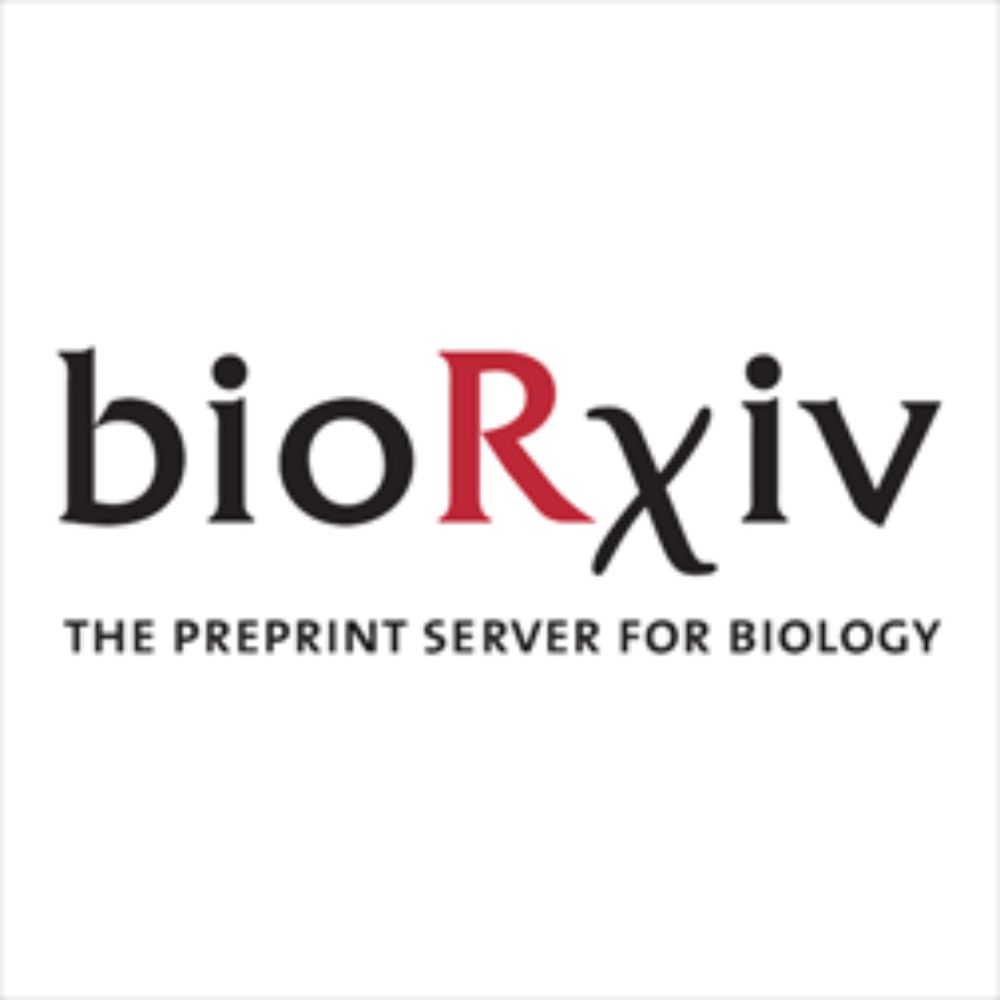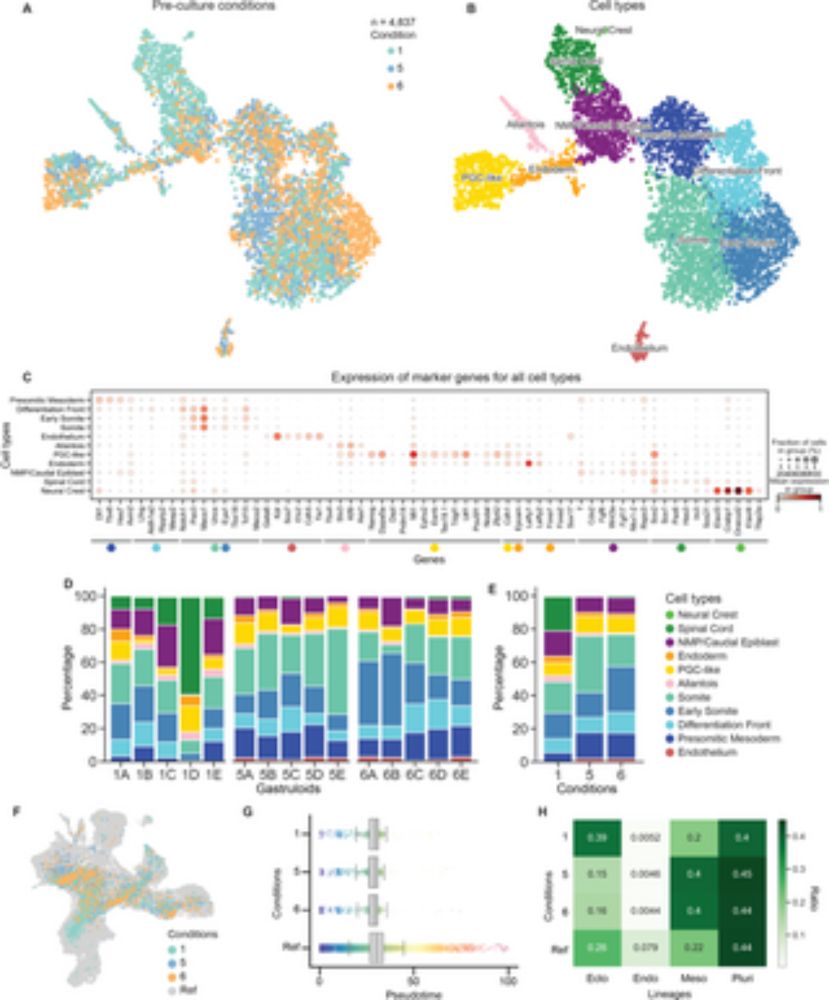To promote the best science being done, we need to look at the incentives of science publishing and funding. Long-term funding produces better science. Short-term and topical agendas encourages irreproducibility.
Funding model organisms generates science we can build on! 🪰🪱🦠🐠🐁🐸
6/6 🧵

To promote the best science being done, we need to look at the incentives of science publishing and funding. Long-term funding produces better science. Short-term and topical agendas encourages irreproducibility.
Funding model organisms generates science we can build on! 🪰🪱🦠🐠🐁🐸
6/6 🧵
Excited to share our work on "Ab-trapping," an antibody artifact causing misleading peripheral ("rim") staining in imaging & genomics (IF, CUT&Tag, CUT&RUN). Antibodies fail to penetrate structures, accumulating at the periphery. A 🧵👇
doi.org/10.1101/2025...



